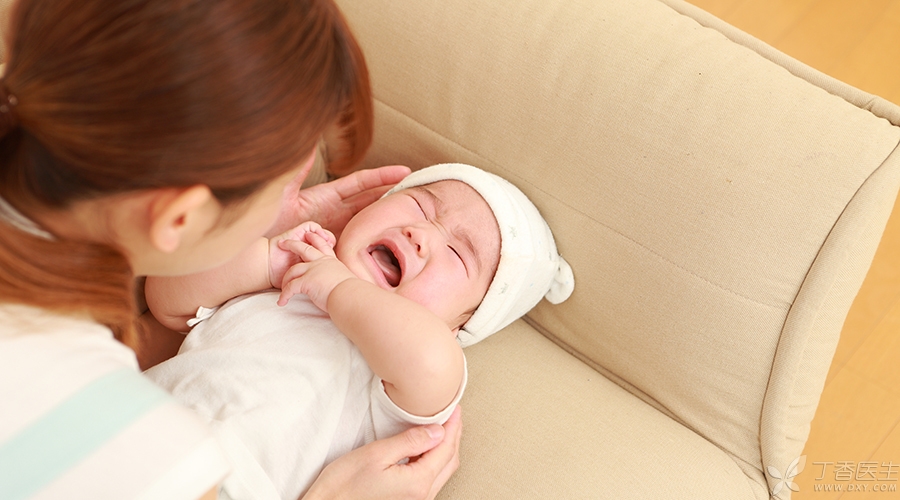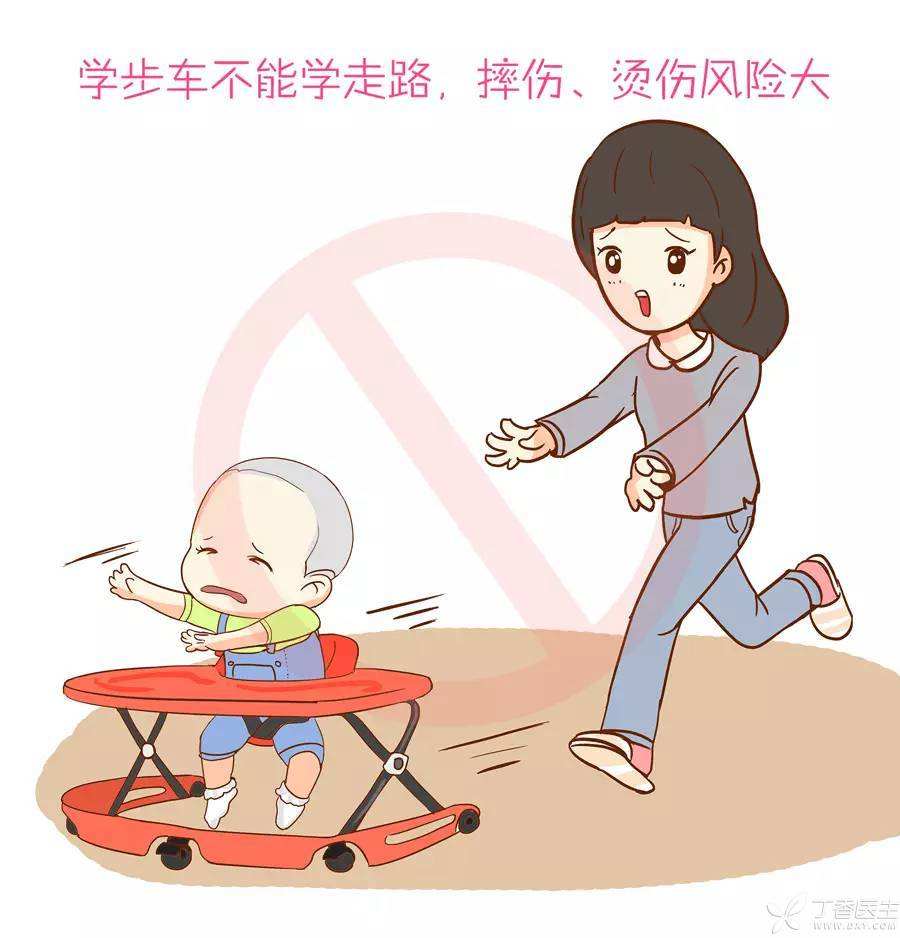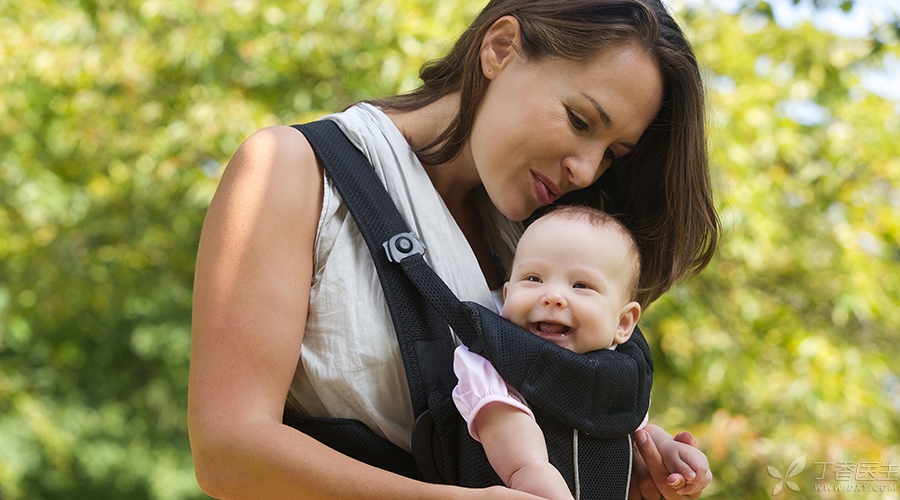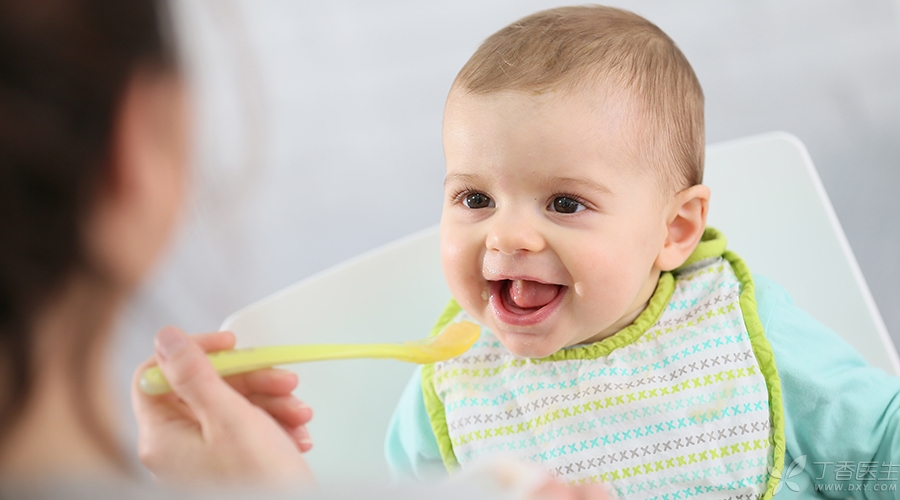
The lovely baby was born, and the parents of the baby regarded the adorable baby as a treasure and hoped to take care of him in every way.
However, novice parents must know that expressing love also requires appropriate ways, and taking care of the baby also requires scientific methods. If you don’t choose the wrong method carefully, you will do something wrong with good intentions, endangering the healthy growth of the baby.
The following Ding Ma has sorted out 8 kinds of actions that may be harmful to the baby. In serious cases, even death may occur. Mothers must be careful to avoid them.
Setting pillow for baby sleeping
Generally, before the age of one, the baby’s skull seam is not fully fused, the skull is soft and elastic, and it is easy to be compressed and deformed during sleep, resulting in asymmetry of the head shape, which is what parents call sleep [partial head]. In fact, this is a normal phenomenon.
However, parents are often very worried that their children will not have a good head shape when they grow up, and will choose devices such as [corrective helmet] [fixed pillow] to fix their babies’ sleeping posture.
In fact, these things will not change the natural change process of head shape, but may bring skin allergy, bad smell, discomfort, inconvenience in holding children and other problems, and will increase the risk of sudden death in baby’s sleep!
Except for a few especially serious cases, most of the baby’s sleep deviation does not affect the appearance, let alone the brain development, and usually it will naturally improve at the age of school, and there will be no asymmetry in appearance.
I’m really not at ease. I can choose some scientific arrangements, such as letting the baby play more on his stomach (not sleeping on his stomach), helping him to change the position of his head frequently when the baby is lying down, encouraging him to turn his head voluntarily and hug him more, and letting him lie down less.

Chew up the food and feed it to the children.
The baby began to eat supplementary foods, but the gums and gums were not yet well developed. At this time, parents often like to put the food in their mouth and chew it up before feeding it to the baby mouth to mouth. By the way, they have a close contact with the baby and feel happy.
But in fact, doing so is very harmful to the healthy development of the baby:
- It will hinder the exercise of baby’s masticatory muscle function, which will easily lead to delayed eruption of deciduous teeth. There are many pathogenic bacteria in adults’ oral cavity, which may also spread to children through oral transmission of some diseases, including gastritis, dental caries, syphilis, respiratory diseases, etc.
For large pieces of food that are not easy to chew, you can use supplementary food scissors to cut them into pieces, or cut them into small pieces before cooking.
Don’t hold your head when holding your baby.
Looking at your lovely baby, you may be eager to have intimate contact with him, but remember to take care of his head when playing with the baby.
Because in the first few months of his birth, his brain, neck muscles and cervical spine were not well developed, which made him not have enough strength to control the movement of his head and needed your help to avoid possible neck injury.
Therefore, when holding him, be sure to use your hands or bent arms to help him support his head.

Shake violently to deal with crying.
Crying is the main way for babies to express their emotions. For short-term crying, you may be able to patiently control your emotions and gently shake him to show comfort. However, in the face of long-term crying, will you lose control of your emotions and increase the shaking strength to try to calm the baby?
If this is done, the consequences may be very serious.
As mentioned earlier, the head and neck of a newborn baby are very fragile. Strong shaking will greatly increase the risk of brain and cervical vertebra damage. Strong shaking will even lead to cerebral blood vessel rupture, cerebral hemorrhage, eye hemorrhage and other symptoms in the baby’s brain, and death in serious cases.
Even if they survive, they are likely to be mentally retarded and stunted when they grow up. This has been reported tragically at home and abroad.
Help your baby learn to walk with a walker.
In order to help the baby learn to walk, parents also use walker for the baby early in order to save worry and labor. Some parents even put their children in the car and do their own work.
But in fact, the child’s weight is actually all concentrated in the buttocks, the legs do not exert force, the toes can move at a little bit, but will affect the development of leg strength.
Children touch the ground on their toes when walking in the walker, which is not a normal posture. Children who use the walker for a long time may habitually stand on tiptoe when walking independently, which will affect their normal walking.
Moreover, because the walker moves much faster than the child climbs on his own, even if parents are present, it may be dangerous. The American Academy of Pediatrics has reported on child safety accidents such as climbing down steps, scalding and drowning caused by walker.

Parents should not waste money on this chicken rib and dangerous product.
Baby’s braces do not show their heads.
Baby braces can realize the intimate contact between you and your baby, and at the same time, they can also free your hands to do other things. It can be said that they can kill two birds with one stone and are a good helper for your baby.
However, when using baby braces, you must ensure that you can see the baby’s face at any time, because babies who are too young cannot move their heads to ensure comfortable breathing posture. You need to observe at any time and know that they have what needs when they are in what, so as to make timely and appropriate responses.
Be careful to avoid covering your baby’s nose and mouth or even suffocating.
If you are carrying your baby on your back, make sure that the braces will not cover your baby’s head. You can look in the mirror or ask others to help you pay attention to your baby’s head. If it is a very small baby, it is not recommended to carry your baby on your back.

Take Children to Play [Human Flesh Swing]
Adults suddenly pull up or rotate the child’s wrist or hand, or pull the child’s arm to shake, which is commonly known as [human flesh swing].
For children under the age of 5 whose radial head is not yet fully developed, this can easily lead to subluxation of the radial head, causing severe pain, which requires manual reduction or even fixation by specialists.
Moreover, for children who have suffered from subluxation of radial head, relapse is easy to occur before the bone is fully developed. How painful it is.
The so-called prevention is better than cure, avoid [human flesh swing], don’t yank, crazy drag children’s arms.
Pinch your nose, mix drinks and feed medicine.
Many drugs give off bitter taste, so parents invented the way to give them [pinching nose] in order to complete the task quickly.
However, doing so can easily lead to choking cough of the child, and serious lung infection and even asphyxia death will occur. Even if choking cough does not occur, the baby’s fragile nasal mucosa will easily be damaged in the parents’ rough actions.
Can’t pinch your nose, then change to drink and take medicine? However, there are many drawbacks in doing so:
- Mixing fruit juice: It is easy to have the combination reaction between drugs and fruits and vegetables to affect the drug effect; Mixing milk: milk will affect the activity of some antibiotics; Breast milk: Breast milk will also affect the efficacy of some drugs, and will also give the baby the impression that breast milk is not good to drink and resist drinking milk, which is not desirable.
In order to solve the problem of difficult drug feeding, it is better to choose fruity dosage forms of drugs, avoid capsules that are easy to stick to the oral cavity, and use scientific techniques (such as holding down the maxillary joint of the child’s cheeks with thumb and index finger to separate the upper and lower jaws) to help the child take drugs.

Parents have the responsibility to take care of the baby. Avoid wrong actions and choose the right method, so that the baby can grow up healthily and happily.
